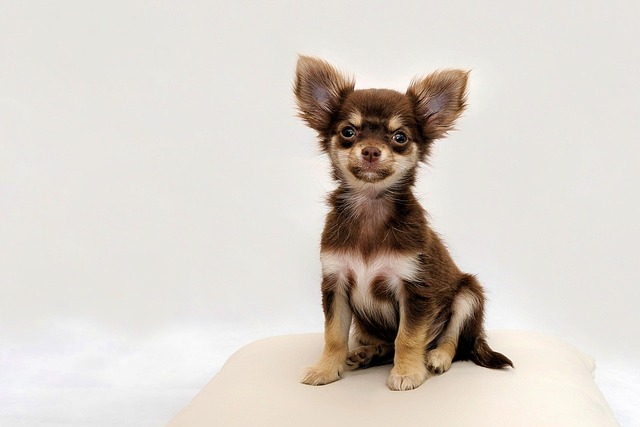
How do i train my dog to be obedient?
Watching your dog dart across the park ignoring your calls isn’t just frustrating—it can put them at risk near busy streets or public spaces.
Chihuahuas may be small in size, but their personalities often pack a big punch—think feisty, curious, and sometimes a little stubborn. That’s why behavior train a Chihuahua takes a mix of patience and strategy, not just brute force. These tiny dogs thrive on connection, so starting young helps, but even adult Chihuahuas can learn new habits with the right approach.
The key is to lean into positive reinforcement. When your Chihuahua follows a command—like sitting before mealtime or staying calm when guests arrive—reward them immediately with a tiny treat or enthusiastic praise. They’re quick learners, but consistency matters more than anything. If you let them jump on the couch one day and scold them for it the next, they’ll get confused. Stick to a routine, and make sure everyone in the household follows the same rules. This builds trust, which makes behavior training stick better than any harsh correction ever could.
Socialization is another piece of the puzzle. Chihuahuas can get nervous around bigger dogs or strangers, which might lead to nipping or excessive barking. Gradually introducing them to new people, pets, and environments—starting with quiet settings—helps them feel secure. Keep these interactions short and positive; a bad experience can set back their progress for weeks. Remember, many areas require dogs to be under control in public, so a well-socialized Chihuahua isn’t just happier—it’s also less likely to run into trouble with local regulations.
 Dealing with unwanted behaviors like jumping or barking needs a calm approach. Yelling can make them more anxious, which worsens the issue. Instead, redirect their attention: if they bark at the door, ask for a “sit” and reward when they comply. Over time, they’ll learn that quiet behavior gets them what they want. It’s also important to set boundaries early—letting a Chihuahua rule the house might seem cute at first, but it can lead to aggression or separation anxiety down the line.
Dealing with unwanted behaviors like jumping or barking needs a calm approach. Yelling can make them more anxious, which worsens the issue. Instead, redirect their attention: if they bark at the door, ask for a “sit” and reward when they comply. Over time, they’ll learn that quiet behavior gets them what they want. It’s also important to set boundaries early—letting a Chihuahua rule the house might seem cute at first, but it can lead to aggression or separation anxiety down the line.
Training a Chihuahua isn’t about dominating a small dog; it’s about building a partnership. These dogs bond deeply with their owners, so every session should feel like a game, not a chore. Short, 5-10 minute sessions work best—their attention spans are as tiny as they are. And don’t forget: even well-trained dogs have off days. Celebrate the small wins, and you’ll both enjoy a more peaceful, joyful life together.

Watching your dog dart across the park ignoring your calls isn’t just frustrating—it can put them at risk near busy streets or public spaces.

New puppy owners often find themselves rushing to clean up accidents before they set in, and that’s where puppy pad training becomes a game-changer.

If you've noticed your dog's waistline disappearing and your veterinarian has mentioned those few extra pounds, your first instinct might be to simply reduce the amount of food in their bowl.

Training a dog to use a designated spot indoors isn’t as daunting as many new owners fear, but it does take consistency and an understanding of your pet’s needs.

That moment of dread on a walk is all too familiar for many new dog owners. You see another dog approaching down the sidewalk of your neighborhood

If the sight of another dog on your neighborhood walk makes your heart sink as your own dog erupts into a frenzy of barking and lunging, you're not alone.